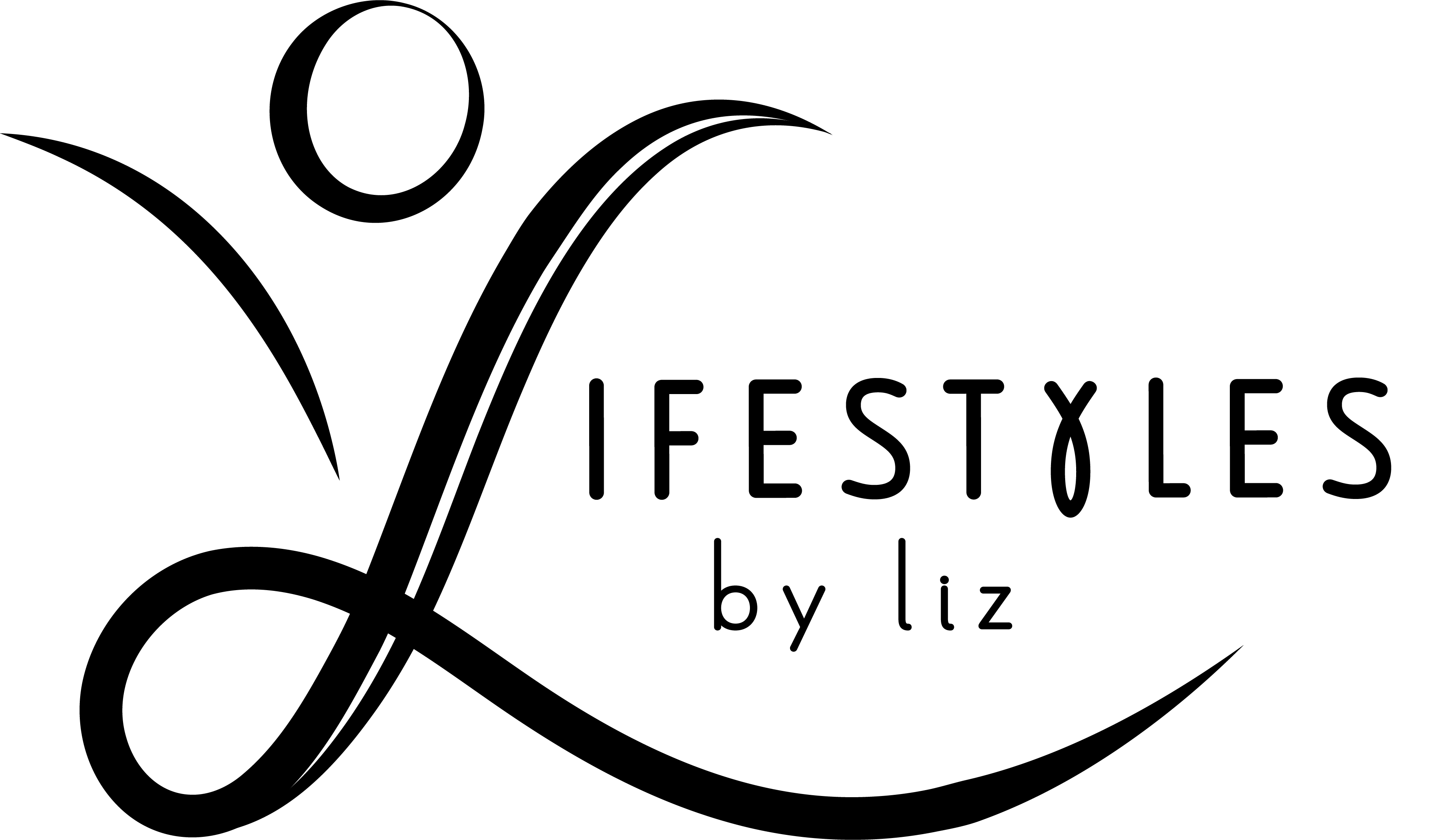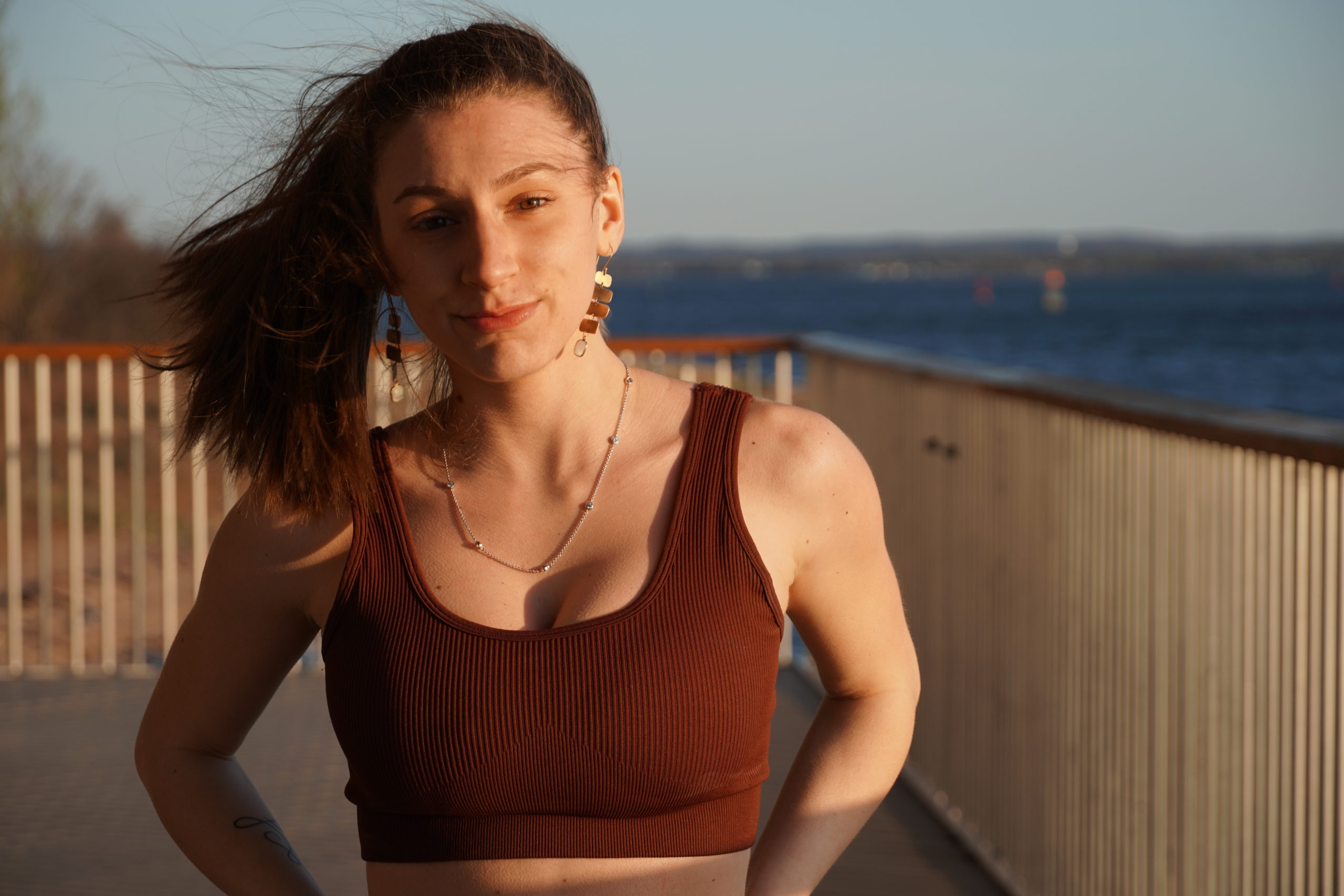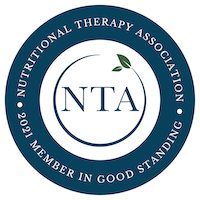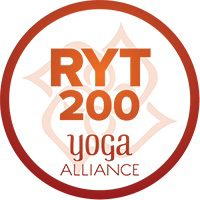Everyone is always told to exercise regularly, tone your body, build muscle, etc. One large portion of exercise tends to get put on the back burner. Stretching! Whether you exercise daily or not, an individual no matter their fitness levels, age, or gender, should always create time for stretching. The basics of reaching to the sky and bending to touch our toes isn’t even done regularly anymore! Since working from home has become more customary in most peoples lives, many have become restricted to their desks and have decreased their mobility. This needs to change! If you want to increase your range of motion, feel looser in your body, and improve your mobility – you need to begin stretching!
Flexibility is not a contest for who can do the deepest split or who can lay their chest to the floor. Instead, it’s about keeping the body active, releasing tension that might be built up in sensitive spots, and improving overall health and well-being. Did you know one sign of a healthy body depends on a healthy spine? More on that in a future post!
In yoga, flexibility has multiple definitions that range beyond just the physical aspect. We already know from previous posts that yoga is not all about the physical postures. It has deeper layers to it that are waiting to be explored by yogis. A yogi learns to become flexible in emotional and spiritual ways. We try to be flexible regarding our awareness, attitude, and perspective. When taking a yoga for flexibility class, try to remember that.
Here’s how to prepare for a flexibility yoga class:
- Hydrate properly before the class to moisten your joints and muscles
- Wear something comfortable
- Bring a few different props to help extend or shorten your reach when necessary (blocks, bolster)
- Know your limits
What to expect during class:
- Warming up sensitive areas of the body at the top of class – Your instructor may guide you through a series of sequences that support the spine, hips, shoulders, and neck. Warming these areas up first will avoid the risk of injury and ease the body into the flexibility flow.
- Controlled breathing flow – throughout the practice, your instructor will help guide you back to your breath. Since this class can be intense for many people, they’ll tend to hold their breath without realizing. Consciously picking up a breathing pattern that works with your body will enhance the practice.
- Expansion and contraction postures – in a yoga for flexibility class, there will be a lot of playing between expanding the muscles and contracting them. This balance will open tight areas of the body and then allow you to soften. This concept also includes the flow of breath.
- Some poses that may be included: twists, cat/cow, pigeon pose, reverse pigeon pose, cobblers pose, lizard pose, head to knee pose, folds and bends.
A yoga for flexibility class is amazing to slow down and assess where your body is. It’s essential to check in with your body whether you practice yoga or not. Take some time to tend to your muscles and move that stagnant energy. It will only help you later!
More info on yoga classes!



